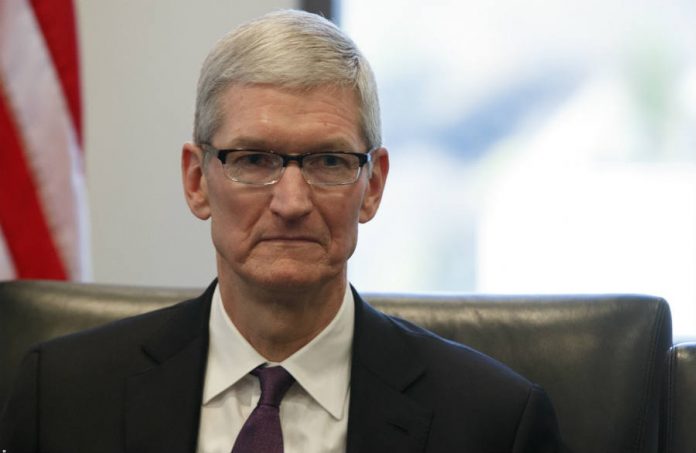
Uber CEO Travis Kalanick and Tim Cook, head of Apple, reportedly had a face-to-face standoff in 2015 because the ride-hailing company modified its mobile app to keep track on the users who had it in their iPhones.
Apple’s chief allegedly threatened to pull Uber out of the App Store if the shady practice continued, to which Kalanick accepted and stopped the tracking. The embarrassing episode took place after the first recorded instances in which it used Greyball as an evasion tool in 2014.
Mike Isaac of The New York Times narrated the anecdote as part of a retrospective profile on Uber’s CEO. The piece has sparked controversy online due to some revelations about the entrepreneur and fired up the debate again over the company’s leadership.
Uber’s CEO did not learn the lesson after Apple encounter
Apple declined to comment on the allegations of the newspaper article, but an Uber spokesman did offer a statement on the alleged iPhone tracking scheme reported this Sunday. From TechCrunch:
“WE ABSOLUTELY DO NOT TRACK INDIVIDUAL USERS ON THEIR LOCATION IF THEY’VE DELETED THE APP. BEING ABLE TO RECOGNIZE KNOWN BAD ACTORS WHEN THEY TRY TO GET BACK ON TO OUR NETWORK IS AN IMPORTANT SECURITY MEASURE FOR BOTH UBER AND OUR USERS.”
In the article, the ride-hailing giant was accused of using a technique called ‘fingerprinting,’ which leaves a digital trace on a mobile device even if the users delete the app. The print remains even after the phone is completely wiped out.
The trouble with fingerprinting is that it goes explicitly against Apple policies, which made the whole episode all the more troublesome for Kalanick and co. after being caught red-handed. To add insult to injury, Uber engineers had geofenced their Cupertino counterparts to prevent them from discovering the ruse.
Uber allegedly started doing this as a cautionary measure against drivers in China, where fraud was rampant using stolen iPhones. Drivers would use the phones to register lots of new accounts and hail rides for them to take, increasing their profit without actually working.
Now, the company spokesman’s statement suggests that Uber has not entirely abandoned the privacy-infringing practice, claiming that they still use “similar techniques” to protect their users.
Travis Kalanick has a history of controversy
Aside from potential legal implications originating from the report, the author compiled impressions of more than 50 Uber workers, ex-employees, and people close to the controversial CEO and the company.
People interested in learning more about Travis Kalanick can learn he was bullied in high school, dropped out of college, had two bankrupted startups before Uber, and once held the second highest rank in Wii Tennis worldwide.
However, the scandals outshine all his achievements and eccentric feats. From disputes with the drivers and sexual harassment allegations to taking part in aggressive, illegal business practices, the writer makes the case to question if Uber can continue succeeding with a leader like that.
Source: The New York Times / TechCrunch










